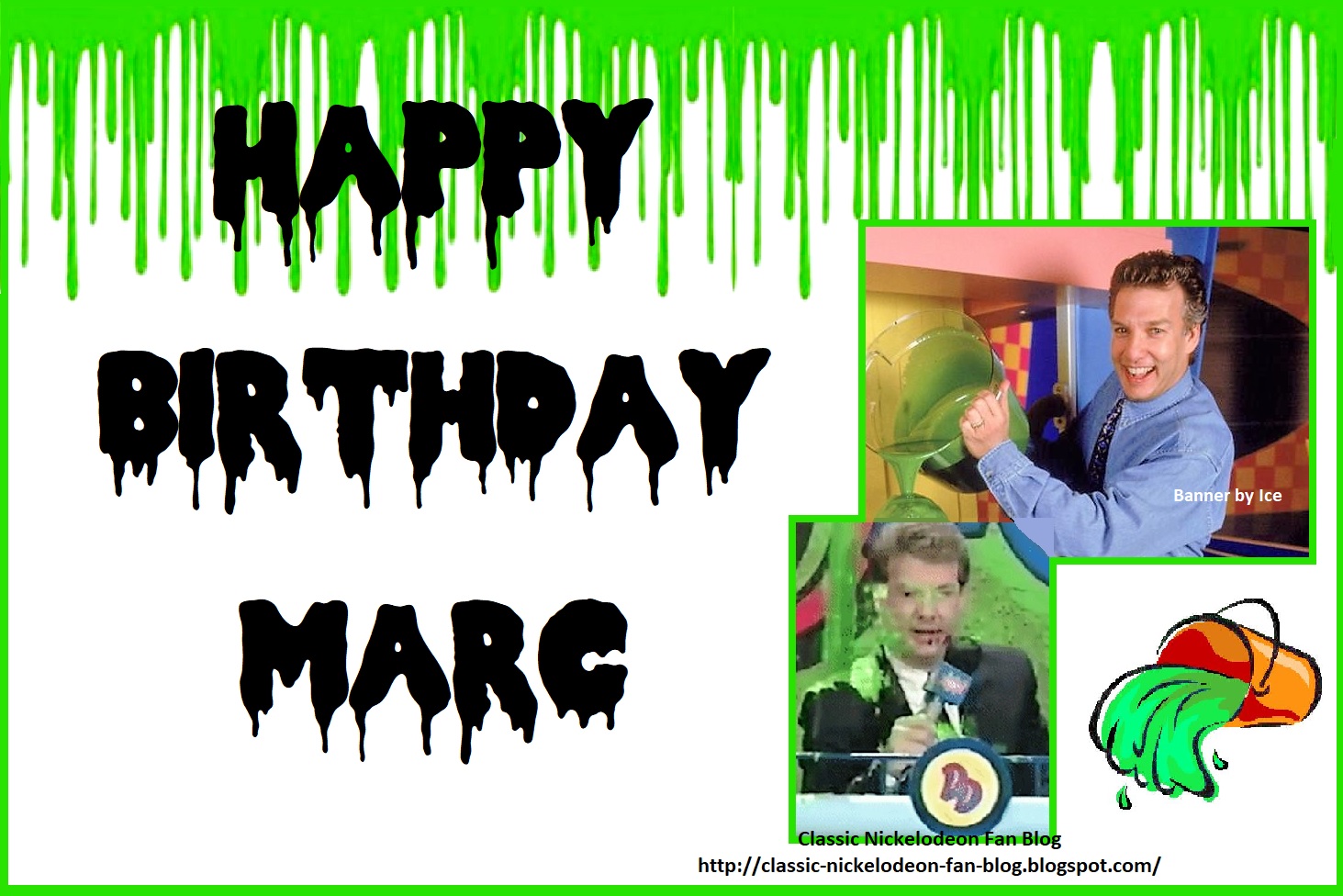

There also were multiple “Weinerville” holiday and event specials. The show was so popular, it went from airing weekly to airing every weekday.
#Marc summers mystery magical special full
“Double Dare” featured a traditional game show quiz section, but, as would become standard with other Nickelodeon game shows like “Nick Arcade” and “Legends of the Hidden Temple,” the real fun was had during the physical challenges – and from its Slip ’n Slides, giant prop noses and kiddie pools filled with glop, no contestant walked away clean.Įven puppets made their way into regular Nick programming with “Weinerville,” a show set on a large stage that blended both full puppets and puppets that used a human actor’s head (almost always host and creator Marc Weiner), but a much smaller puppet for the lower body. Host Marc Summers made gooey green stuff and all other manner of grossness palatable for almost any viewer. A few years before “Ren and Stimpy,” game show “Double Dare” debuted and went on to be a network staple. Nickelodeon, the network that made a name for itself dumping slime on people, didn’t always look to make viewers uncomfortable. It’s frankly shocking even today that the show was aired on kids’ television and far less shocking that it also was aired on MTV at the time.Ĭhihuahua Ren frequently verbally and physically abused Stimpy the cat, and the show’s premises not only featured gross-out humor, it was the central premise of episodes like “Ren’s Toothache” and “The Cat That Laid the Golden Hairball.” Watch at your own risk (or, like me, in utter amusement). “Ren and Stimpy” was part of the initial wave of “Nicktoons” that debuted on the network and, when compared to its peers, “Ren and Stimpy” pushed the envelope the hardest. Popular consciousness seems to remember ’90s Nickelodeon shows like “Rugrats” and “Spongebob Squarepants” most prominently, and rightly so, but Nickelodeon’s programming went much further. They’re certainly not taking the number of risks with oddball shows they once did. This era of the network is well documented in “The Orange Years: The Nickelodeon Story.” Nickelodeon has continued to have its share of hits over the years, but it seems they’ve largely followed Disney’s path, relying on live-action tween sitcoms since. In the ’90s, Nickelodeon hit its stride and left other networks scrambling for similar programming of their own. The Disney Channel did its thing with its typical brand of magic, but it was Nickelodeon that pushed boundaries and trod new ground in children’s programming.
#Marc summers mystery magical special tv
With cable TV no longer in its infancy and new channels aimed at increasingly specific demographics, it was natural that a channel aimed squarely at kids would take shape in the late ’80s. The aforementioned shows, with their often contextless doses of post-internet “anything goes” weirdness wouldn’t be the same without them.

Modern kids' shows like “Adventure Time,” “Uncle Grandpa” and even the ubiquitous “Spongebob Squarepants” all owe a deep debt to the territory forged by kids’ entertainment in the ’90s. The 1990s were a great time for mainstream weirdness, especially in children’s television.


 0 kommentar(er)
0 kommentar(er)
